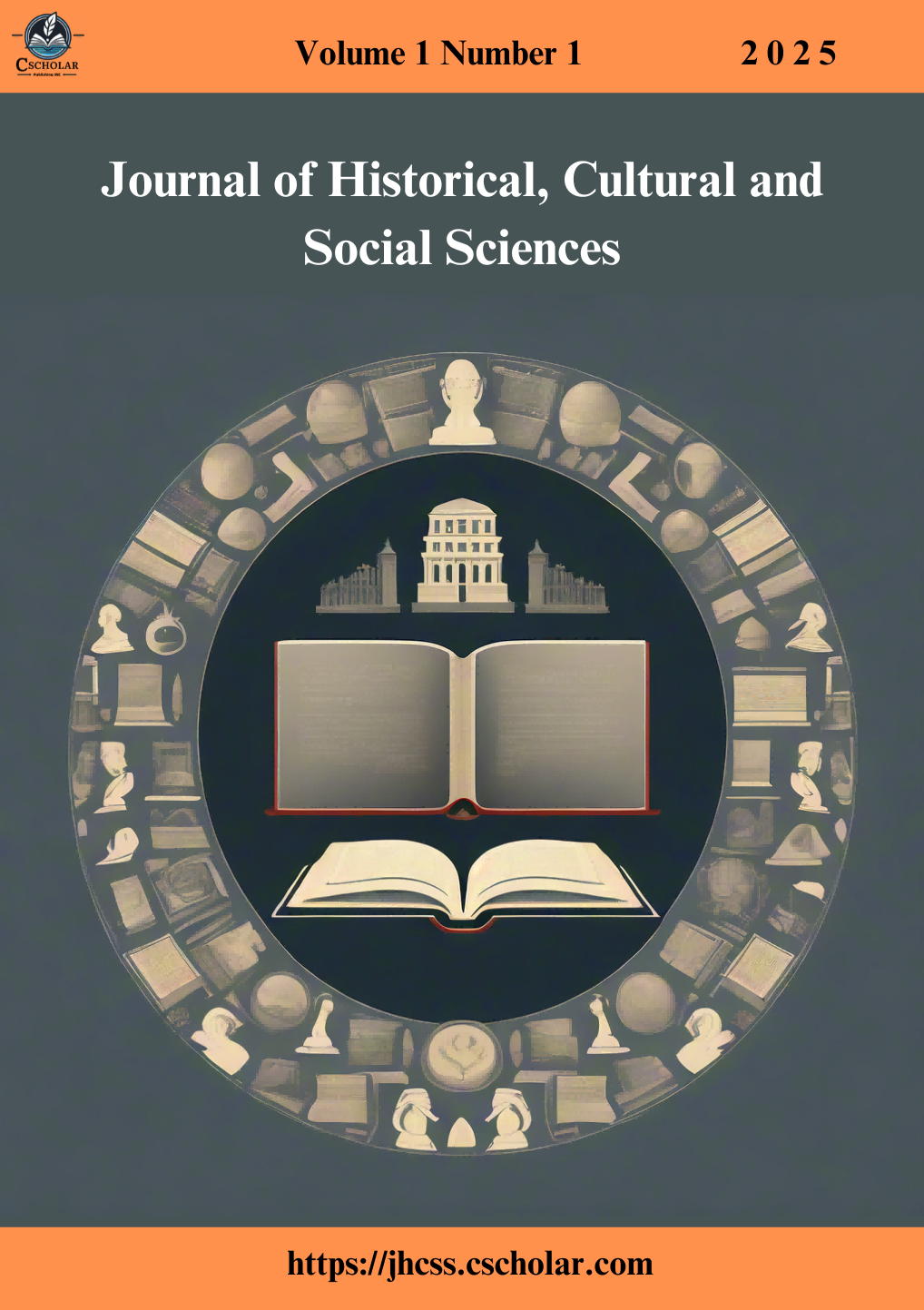The Tourism Reopening Strategy of Macao and Its Enlightenment to Other Tourism Destinations in Asia
DOI:
https://doi.org/10.71204/1tyx1z55Keywords:
COVID-19, Tourism Destination, Reopen, Resilience, Travel BubbleAbstract
The global pandemic of COVID-19 has hit the hotel and airline industry and other sectors of the economy hard. A number of world-renowned airlines and travel companies have closed and the tourism and hospitality industries are facing serious financial problems as demand has effectively fallen to an absolute minimum. How to reopen tourist destinations is one of the biggest concerns for the tourism industry after COVID-19. In the United States, the travel industry has urged President Biden to quickly reopen international tourism. However, Macao, China, is the first destination in Asia to reopen tourist visa services to visitors from mainland China, Hong Kong and Taiwan region from 23 September 2020, based on a resilience framework. In natural disasters and emergencies, resilience is considered a crisis management tool that ensures the stability and resilience of businesses to all types of risk. To this end, this study employs a qualitative research approach to sort out and summarise the preparatory and operational measures for the re-opening of Macao's tourism industry in China and their impacts through semi-structured in-depth interviews and focus group discussions with tourists visiting Macao after its re-opening. The main measures identified include: (1) epidemic prevention measures; (2) tourism bubbles; (3) tourism rules; and (4) preferential policies. In addition, due to the fluidity of the epidemic, the focus of management changes at any time. This study hopes to inform the reopening of other tourist destinations in Asia.
Downloads
References
Alampay, R., & Rieder, L. (2008). Developing tourism in the Greater Mekong Subregion economic corridors. Journal of Greater Mekong Subregion Development Studies, 4, 67-75.
Alves, J. C., Lok, T. C., Luo, Y., & Hao, W. (2020). Crisis management for small business during the COVID-19 outbreak: Survival, resilience and renewal strategies of firms in Macau.
Asia Gaming Brief. (2020). Macau financial reserves reached over US$72 billion in2019. https://agbrief.com/headline/macau-financial-reserves-reached-over-us72-billion-in- 2019/
Braun, V., & Clarke, V. (2006). Using thematic analysis in psychology. Qualitative research in psychology, 3(2), 77-101.
Census and Economic Information Center. (2020). Macau SAR, China GDP per capita. https://www.ceicdata.com/en/indicator/macau/gdp-per-capita
F. Fitriasari. (2020). How do small and medium-sized enterprises (SME) survive the COVID-19 outbreak?. Jurnal Inovasi Ekonomi, 5 (3), 53-62.
GGR Asia. (2020). Macau GGR down 80pct y-on-y in March: govt. https://www.ggrasia.com/macau-ggr-down-80pct-y-on-y-in-march-govt/
Cui, J. (2025). Digital Innovation in Media Enterprises and Digital Transformation: The Moderating Role of GAI Technology in Media Industry. Media, Communication, and Technology, 1(2), 1.
International Monetary Fund. (2019). People's Republic of China - Macao Special Administrative Region. IMF Country Report No.19/123. Washington, D.C.: International Monetary Fund.
Jordan, A. (2020). Travel bubbles and corridors: What they mean and the plans for the Trans- Tasman bubble, Singapore–China bubble, and EU corridors. https://www.skyscanner.com/tips-and-inspiration/coronavirus-travel-bubbles-explained
Keegan, M. (2020). Coronavirus: Macau becomes a ghost town as casinos close in historic move to slow outbreak of deadly virus. https://www.independent.co.uk/independentpremium/world/coronavirus-china-macau- casinos-closed-outbreak-latest-a9324296.html
Kitchin, R. (2000). The researched opinions on research: disabled people and disability research.
Disability and Society, 15 (1), 25-47.
Kvale, S. (1996). Interviews: An Introduction to Qualitative Research Interviewing. Sage Publications, London.
Li, Z., Zhao, Q., Huo, T., Shao, Y., & Hu, Z. (2020). COVID-19: management focus of reopened tourist destinations. Current Issues in Tourism, 1-7.
Locker, M. (2020). Five things to know about travel bubbles. https://www.smithsonianmag.com/travel/five-things-know-about-travel-bubbles-180974983/
Lohmann, G., & Duval, D. (2011). Critical aspects of the tourism-transport relationship. Contemporary Tourism Reviews, 1, 1–38.
Macao Financial Services Bureau. (2020). Central account – budgetary execution data. https://eserv4.dsf.gov.mo/financialReport/centralBudgetEXE.aspx?lang=en
Macao Gaming Inspection Department. (2020). Information. http://www.dicj.gov.mo/web/en/information/DadosEstat_mensal/2019/index.html
Macao Statistics and Census Department. (2020). Visitor arrivals. https://www.dsec.gov.mo/TourismDBWeb/#/main?lang=en
Macao Statistics and Census Department. (2020). Package tours and hotel occupancy rate. https://www.dsec.gov.mo/en-US/Statistic?id=403
Mehrolia, S., Alagarsamy, S., & Solaikutty, V. M. (2021). Customers response to online food delivery services during COVID‐19 outbreak using binary logistic regression. International journal of consumer studies, 45(3), 396-408.
Parsons, L. (2021). Start planning your tropical beach holiday! Pacific Islands could soon be added to trans-Tasman travel bubble. https://www.dailymail.co.uk/news/article- 9634165/Pacific-Islands-soon-added-trans-Tasman-travel-bubble.html
Schiefelbusch, M., Jain, A., Schäfer, T., & Müller, D. (2007). Transport and tourism: Roadmap to integrated planning, developing and assessing integrated travel chains. Journal of Transport Geography, 15(2), 94-103.
Sharma, G. D., & Mahendru, M. (2020). Lives or livelihood: Insights from locked-down India due to COVID19. Social Sciences & Humanities Open, 2(1), 100036.
Stratton, S. J. (2021). Population research: convenience sampling strategies. Prehospital and disaster Medicine, 36(4), 373-374.
UNWTO. (2020). International tourist numbers could fall 60–80% in 2020. from https://www.unwto.org/news/covid-19-international-tourist-numbers-could-fall-60-80-in-2020.
Wood, D. (2021). Travel Industry Urges President Biden to Quickly Reopen International Tourism.
World Travel and Tourism Council (WTTC). (2020).World Travel & Tourism Council (WTTC). Key highlights – economic impact of cities 2019.
Downloads
Published
Issue
Section
License
Copyright (c) 2025 Yichao Wu, Jun Cui, Bo Xu, Songting Zhang (Author)

This work is licensed under a Creative Commons Attribution 4.0 International License.
All articles published in this journal are licensed under the Creative Commons Attribution 4.0 International License (CC BY 4.0). This license permits unrestricted use, distribution, and reproduction in any medium, provided the original author(s) and source are properly credited. Authors retain copyright of their work, and readers are free to copy, share, adapt, and build upon the material for any purpose, including commercial use, as long as appropriate attribution is given.







